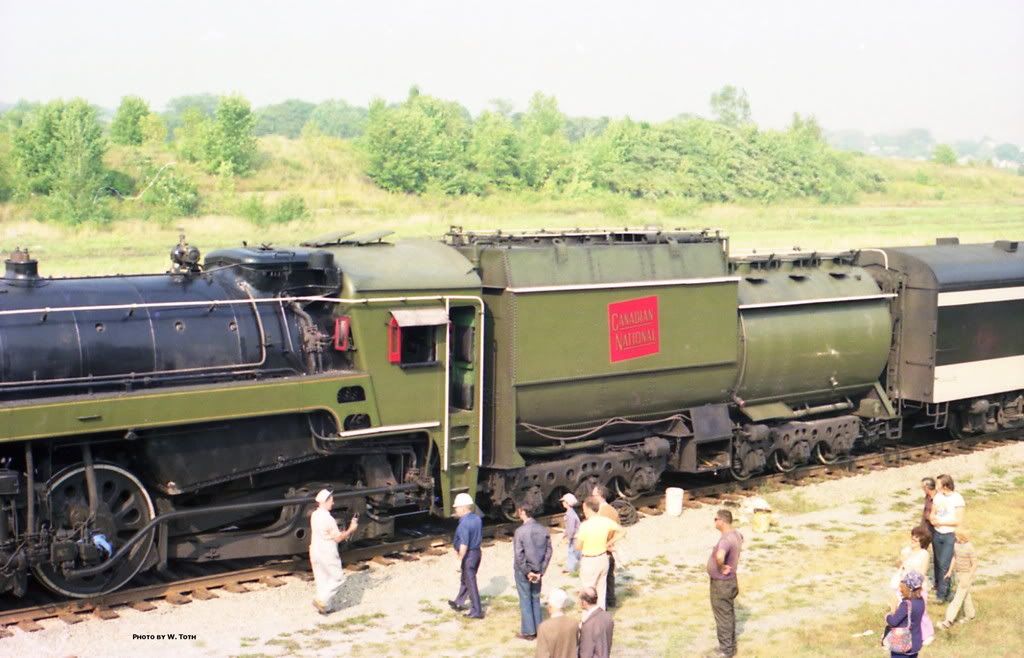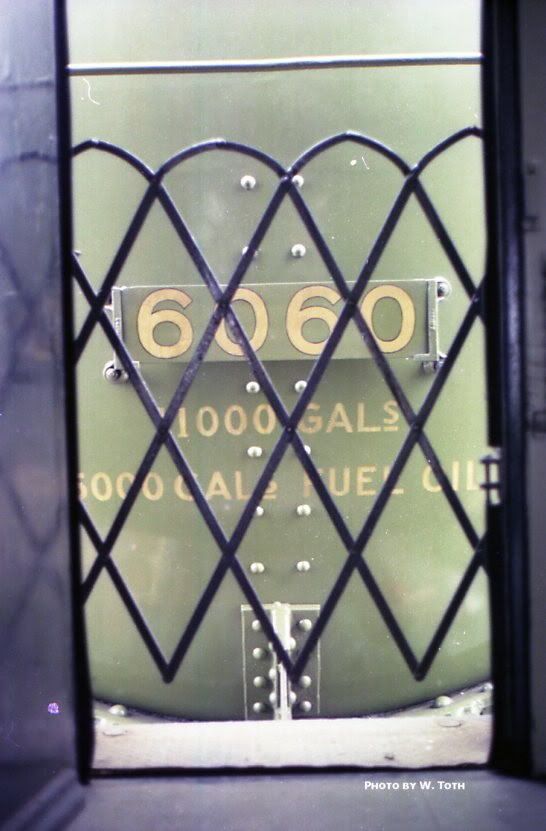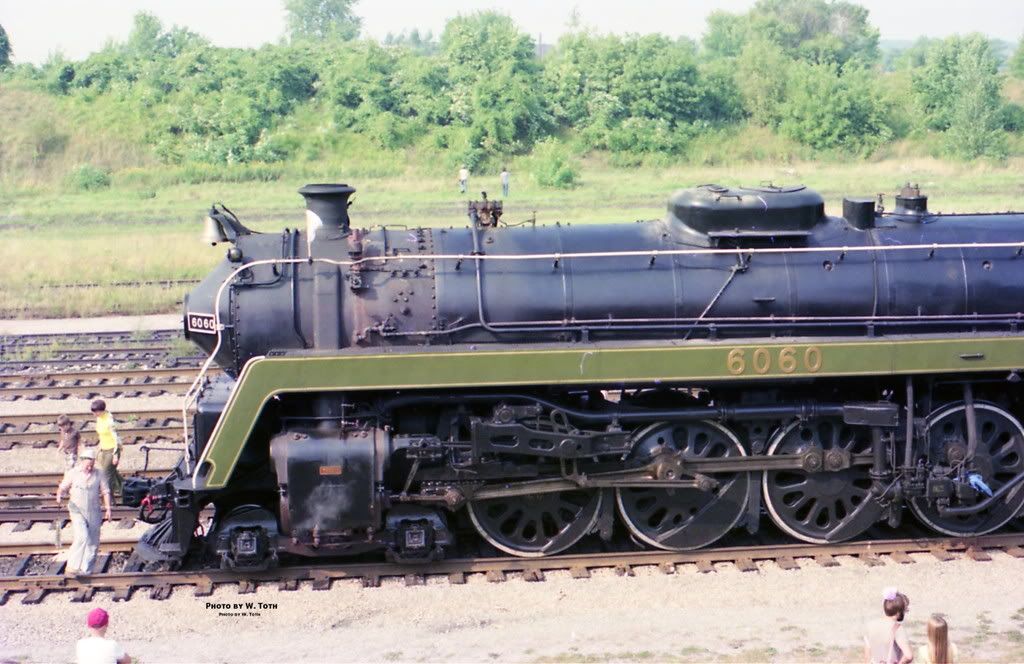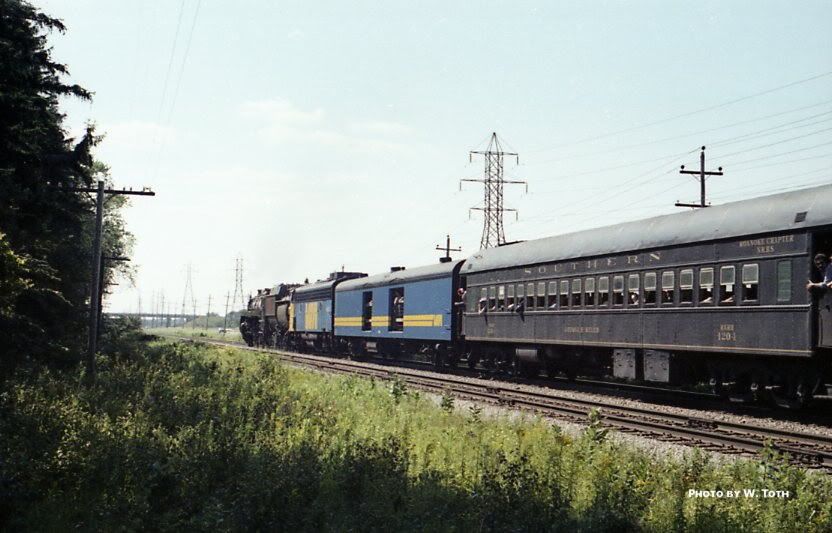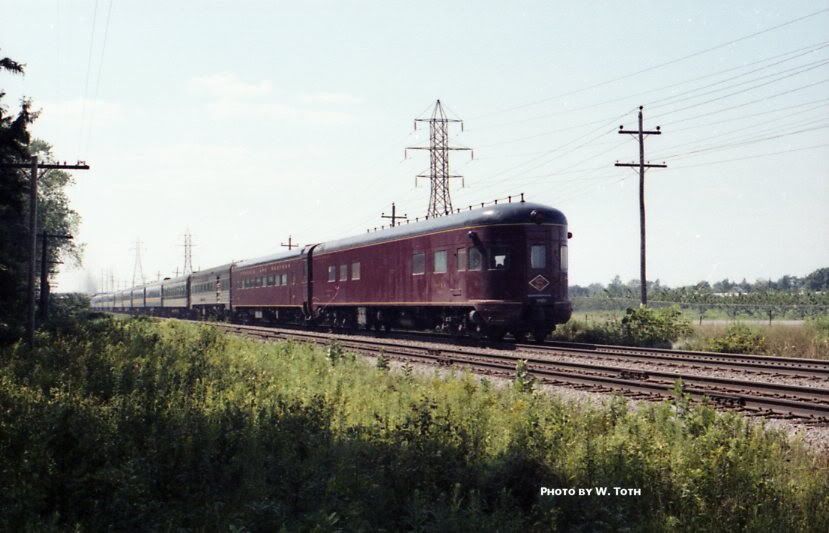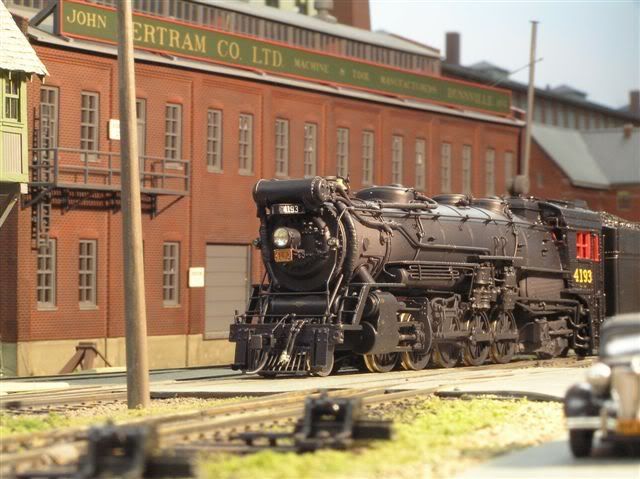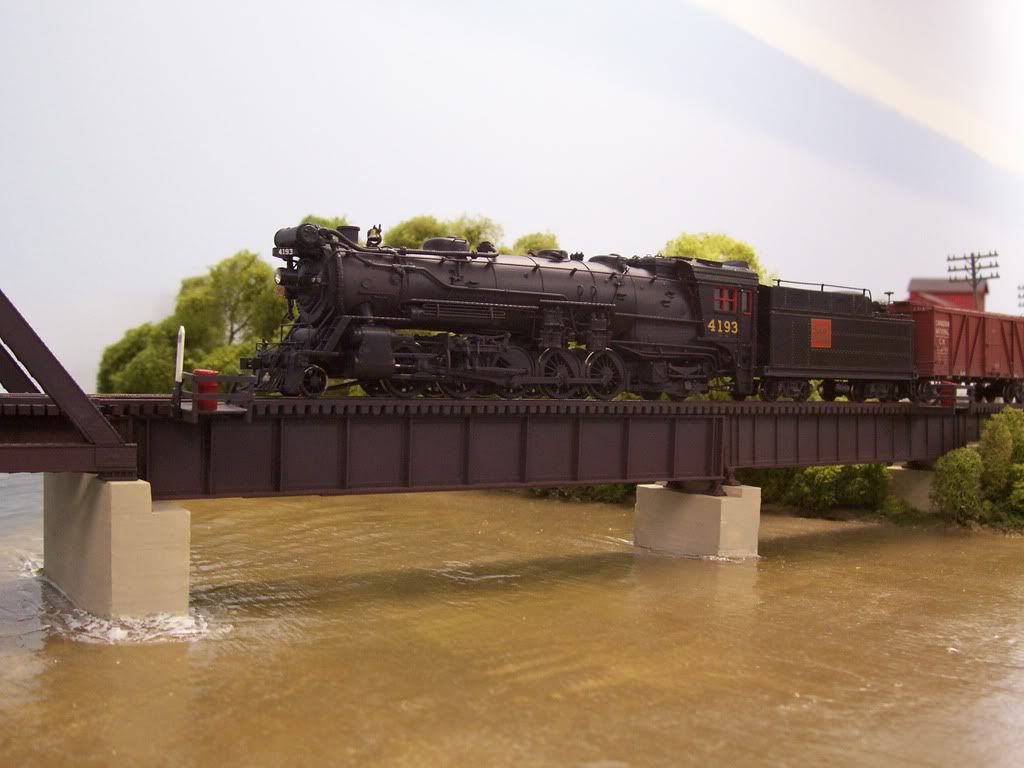Steam Locomotives built SPECIFICALLY for Passenger Service would usually have a steam line on rear of tender, ( Duh! ) for train heat and, were often painted special livery, carefully shined by wipers on the Shop before departure, or else!
Anyway, when in Psgr. Service, an Engine would usually have only two men in the Cab, Engr and Fireman, as the Brakeman was now a Uniformed Passenger Trainman w/ a Badged Cap and Service Bars and rode in the train under the direction of the Passenger Conductor. They opened and shut car doors at stations, collected tickets, monitored train heat, AC and electric lights, turning Off some of the latter when at extended stops to conserve batteries beneath.
Therefore, a seat for a Brakeman in the cab was often not necessary.
Of course, some engines were dual purpose, and built to haul freight in addition.
It got tacky when Officials decided to ride the Cab for Supervisory Reasons, such as engine steaming and performance.
( Just a small? story. One night this Engineer showed up for work @ 2345 so drunk the crew assisted him into station, his train stopped outside. The incoming Engr. refused to let him ‘have it’ as he was that bad.
I was Senior Man present and they asked me for a judgment, mine waiting for train, and a ship at the other end, too. Rush, Rush, Rush, Expedite, Expedite, Expedite as they used to type on those Tractor Drive long sheets of Printer Paper w/ manifold Carbons and Colours.
I asked his Trainman if he could Run an Engine? as this train was MT, and no Meets to Mine.
He said ‘Yes’ but not Qualified. I said to GO with called Engr. and if he F’d up, take the train from him, and take her thru. The Conductor also knew how to run an Engine, and he could have walked up, if necessary, or rode the Head End, as no Meets.
If you are going to take a CHANCE, go all the way!
He took her thru, no problem.
BUT, there
